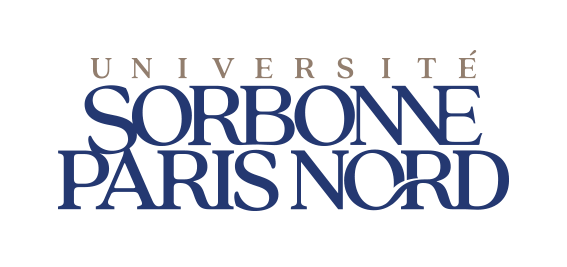EMOTION: EIN VEKTOR ÄSTHETISCHER, THEORETISCHER UND PRAKTISCHER DESIGNS IN DER MUSIK
EMOTION: A VECTOR OF AESTHETIC, THEORETICAL AND PRACTICAL DESIGNS IN MUSIC
L'ÉMOTION : VECTEUR DE CONCEPTIONS ESTHÉTIQUES, THÉORIQUES ET PRATIQUES EN MUSIQUE
Résumé
Historically, artists have been inspired by other arts to renew their inspiration. In the 14th century, architects from Holland and Italy, who discovered the notion of perspective, inspired painters who began to integrate it into their paintings. In the twentieth century, composers such as Schoenberg and Stravinsky observed and analyzed the pictorial art trends of a Kandinsky to renew their vision of musical creation, which was as if entangled by the practice of an increasingly tonality. exacerbated, but with an apparently heavier and slower impulse.
It is true that in the practice of an artistic discipline, the word "discipline" recalls how much it takes for a composer to constantly resume his work, improve it, seek to deepen it, always in the light of past musical works. This work of "recomposition" and critical gaze can sometimes paralyze the invention and therefore a solution to find inspiration is to leave your artistic world to visit the ways and practices of creators from other artistic fields, such as as architecture, painting, dance, sculpture, photography, writing, cinema.
In our "digital" 21st century, which bears witness to a unilateral upheaval in all spheres of human activity since the 20th century, the arts are naturally not spared. However, the artist can already, some sixty years after the beginnings of the digital universe, challenge the wave and take a stand by reconnecting with natural language, without a digital dimension, to find the thread that linked him to his illustrious predecessors. Rethink the relationship "to language", to "handwriting", to "text" and to "written and oral literature". Look from different angles, enriched by digital experiences, unprecedented, multiple and abundant, this nature from which he thought he had moved away, but to which the artist wishes to be linked, as to his own history, in time and despite the human revolutions and despite the invisible threads of today's digital communication. In doing so, he rediscovers the orality which, in its very intangibility, seems to indicate a transformed path, simultaneously maintaining and revealing its secret relationship with digital immateriality.
De tout temps, les artistes se sont inspirés d’autres arts pour renouveler leur inspiration. Au XIVe siècle, les architectes de Hollande et d’Italie, qui découvraient la notion de perspective, inspiraient les peintres qui se sont mis à l’intégrer dans leurs toiles. Au XXe siècle, les compositeurs, tels Schoenberg et Stravinsky, observaient et analysaient les tendances en art pictural d’un Kandinsky pour renouveler leur vision de la création musicale, celle-ci étant comme empêtrée par la pratique d’une tonalité de plus en plus exacerbée, mais d’une impulsion apparemment plus lourde et plus lente.
Il est vrai que dans la pratique d’une discipline artistique, le mot « discipline » rappelle combien il faut à un compositeur doit constamment reprendre son travail, l’améliorer, chercher à l’approfondir, toujours à la lumière des oeuvres musicales passées. Ce travail de « recomposition » et de regard critique peut parfois paralyser l’invention et dès lors une solution pour retrouver l’inspiration est de sortir de son monde artistique pour aller visiter les manières et les pratiques des créateurs d’autres domaines artistiques, telles que l’architecture, la peinture, la danse, la sculpture, la photographie, l’écriture, le cinéma.
Dans notre XXIe siècle « numérique », qui témoigne d’un bouleversement unilatéral dans toutes les sphères des activités humaines depuis le XXe siècle, les arts ne sont naturellement pas épargnés. Toutefois l’artiste peut déjà, quelques soixante ans après les débuts de l’univers digital, contester la déferlante et prendre position en renouant avec le langage naturel, sans dimension numérique, pour retrouver le fil qui le liait à ses illustres prédécesseurs. Repenser ainsi le rapport « au langage », à « l’écriture manuscrite », au « texte » et à la « littérature écrite et orale ». Regarder sous des angles différents, enrichis des expériences numériques, inédites, multiples et foisonnantes, cette nature dont il pensait s’être éloigné, mais à laquelle l’artiste tient à être relié, comme à sa propre histoire, dans le temps et malgré les révolutions humaines et malgré les fils invisibles de la communication numérique d’aujourd’hui. Ce faisant il retrouve l’oralité qui, dans son intangibilité-même, semble indiquer une voie transformée, entretenant et révélant simultanément sa relation secrète avec l’immatérialité numérique.
Origine : Fichiers éditeurs autorisés sur une archive ouverte
Loading...
